HIV is defined in the dictionary as either of two retroviruses that infect and destroy helper T cells of the immune system causing the marked reduction in their numbers that is diagnostic of AIDS. This prevalent illness has been seen increasing drastically in a number of third world countries in the past years and seems to continue to become more predominant as time persists.
Presently there are no therapeutic advancements in developing a vaccine that could provide an individual with a completely HIV free life. However, research is continuously being done in this field, and there have been some attempts that have enabled individuals to live HIV free for up to seven months. The current therapeutic treatment is an oral-drug known as ART (Antiretroviral therapy), which was developed in order to stop the reproducing and spreading of the HIV, once an individual was infected with HIV. Equating the increasing prevalence with the fact that there is still no therapeutic should raise awareness of the importance of this growing disease. Although, the current method of treatment does allow individuals to live with a relatively normal life, there have been know to be a number of conditions that still arise with age due to this infection.
Research has been done in the role of C-C chemokine receptors (type V) and its involvement in these HIV co-morbidities. Specifically looking at the insights in the influence of CCR5, which is a specific C-C chemokine receptor, with its ligands and how these function in the inflammatory trait of the conditions seen.
CCR5 G-protein coupled receptor showing the seven transmembrane domains, along with the extracellular and intracellular domains. (Public Domain)
CCR5 is a G-protein coupled receptor that has 7 transmembrane domains, and is most often expressed on a number of different leukocytes. It is most often known with regards to its involvement in the history of HIV. With the knowledge that this protein is associated ultimately with the expression of HIV, it would be reasonable to consider methods of gene expression as a possible therapeutic. Research has been done and has shown that CCR5 mutation has resulted in the resistance to infection or in some cases a slower advancement to AIDS.
Generic G-protein coupled receptor showing the membrane domains, general lipid membrane composition, binding sites, and important motifs responsible for certain functions. Credit: Wikipedia CC3.0
So…why have we not heard anything about this “cure” for aids? For what reasons have the news not reported these extraordinary results?
First, we need to know how these chemokine receptors are related to the efficiency of HIV infection. Chemokine receptors have been known to be related in controlling the migration of lymphocytes as well as many other pathological functions. CCR5 chemokine receptors specifically are mainly expressed on the T-lymphocytes, NK cells, monocytes, macrophages and immature dendritic cells, which could likely explain the reason behind the effect of compromised immune function. These cells are all involved in the overall immune response of the body, and are compromised during infection of the HIV.
So, since the presence of this protein is thought to be required in order for the HIV to complete the infection process it would accurate to theoretically assume that in the absence of this receptor would be beneficial to the cause.
However, how would the absence of the CCR5 receptor affect other possible physiological and pathological processes?
Studies have looked at the relationship between the CCR5 receptor and its influences on other viral infections. Connections have been found between this receptor and the West Nile Virus and also the influenza virus. In both cases the deficiency of the receptor is seen to present a predisposition for the infection.
So, what makes these two viruses so different from the HIV virus that the effects differ so drastically?
Infection process of the Human Immunodeficiency Virus with the entry, replication, assembly, and release steps shown. Credit: Wikipedia CC3.0
Looking at the replication process of HIV we can see that the critical step in which the virus can become engulfed by the cell is when it interacts with the CCR5 receptor located in the extracellular matrix. This interaction is obviously facilitated by the association of the GP120/GP41 complex with the CCR5 receptor and the CD4 receptor.
It is highly probable that these differing viruses also have there own specific membrane components, and could have slightly different glycoproteins (GP) that differ in specificity for a specific receptor.
Human Immunodeficiency Virus. Credit: Wikipedia CC3.0
Instead of searching for a therapeutic method in which the complete CCR5 receptor is knocked out, maybe there could be a method by which to decrease the affinity for the specific ligand that is carried by the HIV virion. If the specificity of the receptor could be altered instead of just removing the receptor entirely this might allow most other physiological aspects to proceed normally. This type of research along with maybe some further insight into gene expression could possibly provide the intervention for a disease that grows more and more virulent each day.
Time and again further knowledge is being gained in details regarding pathology and physiology, and with further knowledge come greater advancements in medical technology. Therapeutic development is a constant battle that when won changes the world.
“The glory of medicine is that it is constantly moving forward, that there is always more to learn. The ills of today do not cloud the horizon of tomorrow, but act as a spur to greater effort.”
~William James Mayo
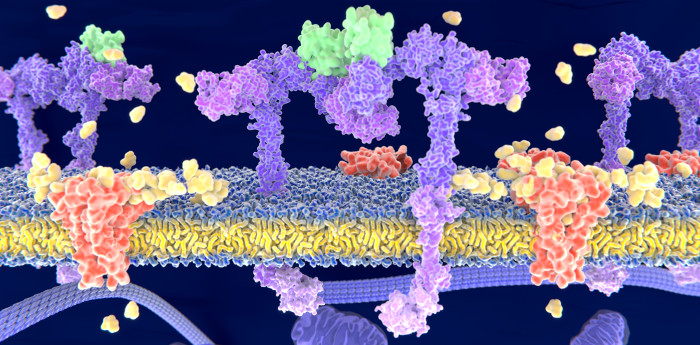
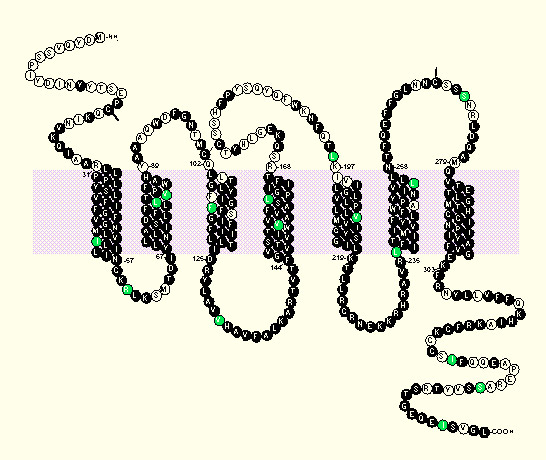
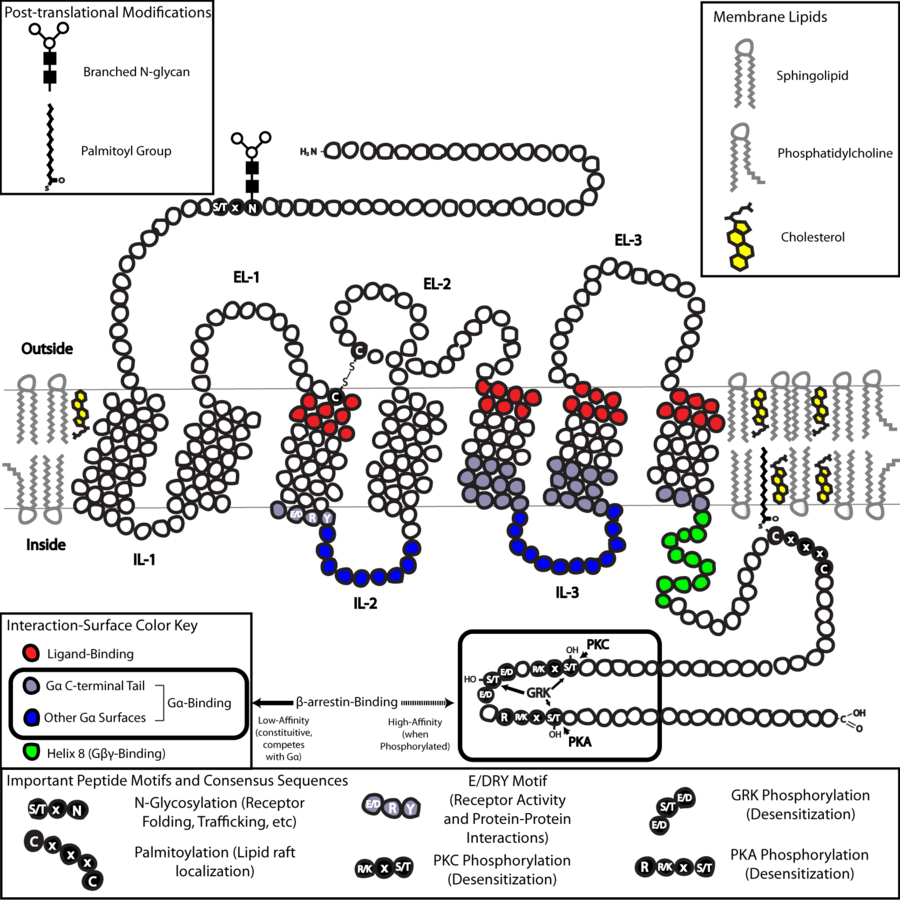
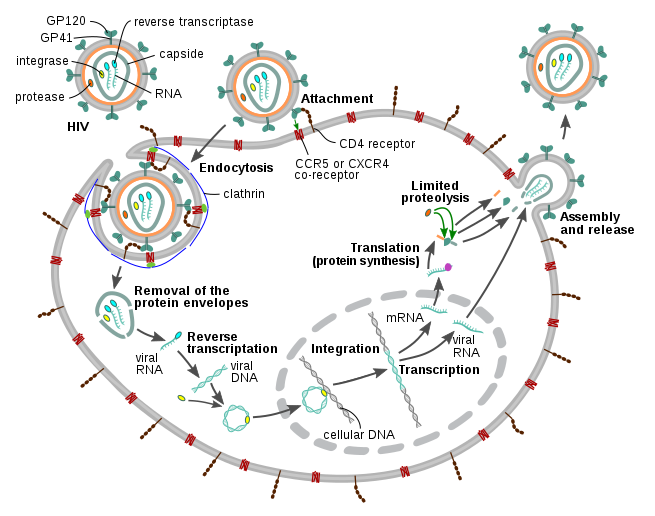
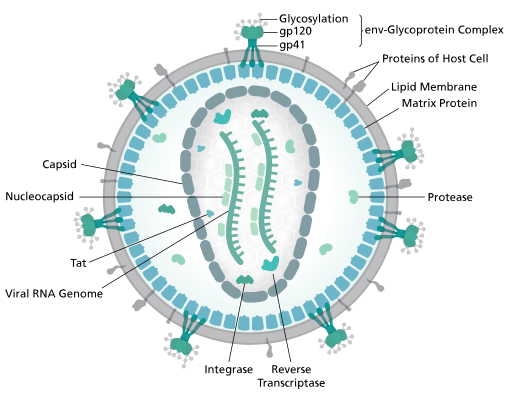
Recent Comments